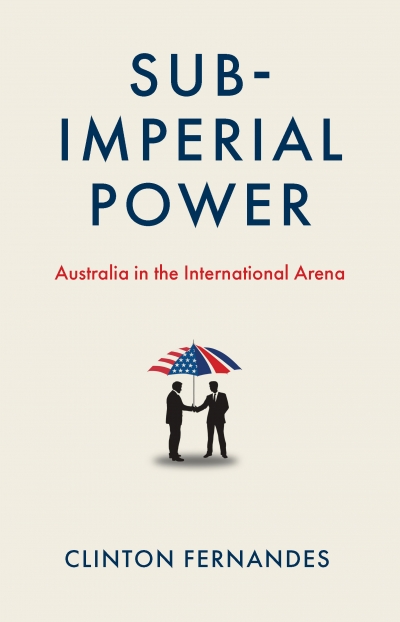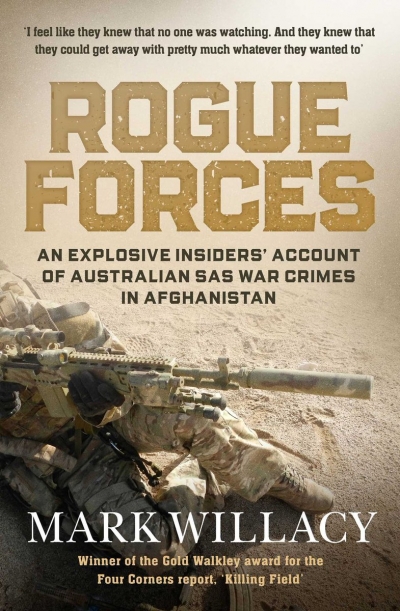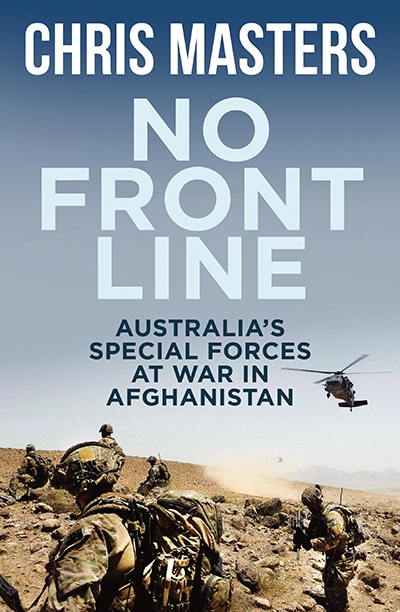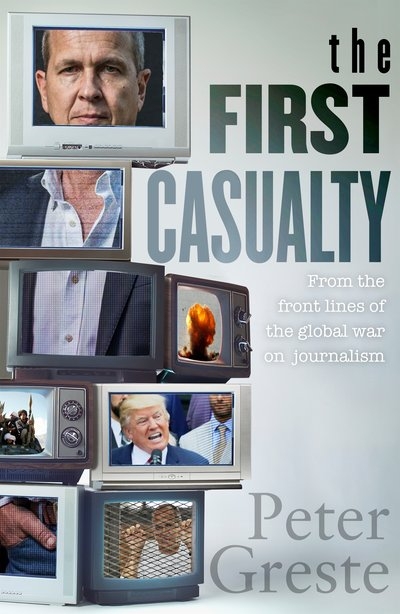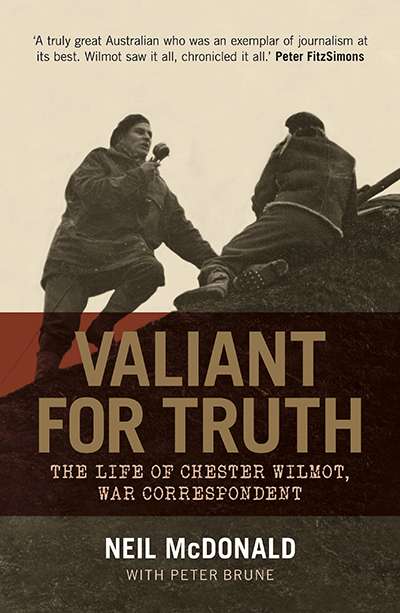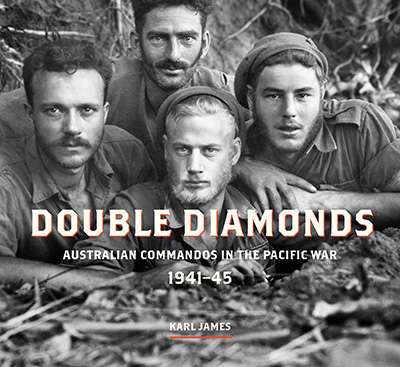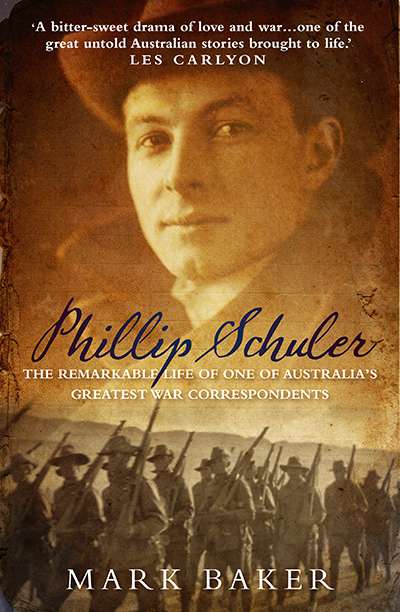Kevin Foster

Kevin Foster is Head of the School of Languages, Literatures, Cultures and Linguistics at Monash University. He has published widely on the representation of war, military–media relations, the cultural history of the military, national identity, and combat photography. He is the author of a number of books, including Don’t Mention the War: The Australian Defence Force, the media and the Afghan Conflict (2013) and most recently, Anti-Social Media: Conventional militaries in the digital battlespace, which was published in 2021 by Melbourne University Press.
Almost fifteen years ago, struck by the paucity of information in the media about the ADF deployment to Afghanistan, I edited a short collection of essays that posed a modest question: What are we doing in Afghanistan? (2009). I wish I had known then half of what Tom Frame reveals about the ADF’s activities in Central Asia in his new book, Veiled Valour.
... (read more)
On 19 November 2020, the Chief of the Australian Defence Force (ADF), Lieutenant General Angus Campbell, released the findings of the Brereton Report, so named for the New South Wales Supreme Court Judge and Reserve Major General Paul Brereton, who led the investigation into war crimes allegations against members of the Australian SAS. The report had been a long time coming – with good reason. O ... (read more)
Few organisations defend their reputation more vigorously than the Australian Defence Force (ADF). Long since clasped to the national bosom, the ADF has no intention of being shoehorned out of its prized position at the heart of Australian identity and culture. The first duty of its public affairs personnel is to protect the brand – a brand, it believes, is fragile and under constant assault. In ... (read more)
It’s a provocative title. Forty-two years ago, Phillip Knightley’s The First Casualty: From the Crimea to Vietnam: The war correspondent as hero, propagandist, and myth-maker (1975) kick-started a new field of media history. Knightley’s rollicking account of journalistic connivance with political and military power from the Crimean to the Gulf Wars spared his industry nothing. The fourth est ... (read more)
Chester Wilmot was blessed with the professional reporter’s principal virtues, talent, self-confidence, resilience, and luck. While his skills as a broadcaster took him to the various fronts of World War II, it was luck, as much as planning, that put him in Tobruk, Greece, and on the Kokoda Track at the precise moments to witness Australia’s armed forces in their first critical tests of the wa ... (read more)
The recent scandal over Facebook’s censorship of Nick Ut’s 1972 photograph of ‘Napalm girl’, Kim Phuc, offers a salutary reminder of photography’s stubborn resistance to narrative orthodoxy or societal norms. The editors at Facebook were hardly the first to fret over the propriety of reproducing the photo. When Ut first brought his film into the Associated Press’s Saigon office, the du ... (read more)
Who was Phillip Schuler? A war correspondent for The Age, his six-week visit to Gallipoli in July and August 1915 produced, inter alia, a few of the rare eyewitness accounts of the battle and resulted in the first extended treatment of the Gallipoli campaign: Australia in Arms (1916). Schuler also compiled a unique photographic record of some of the battlefields and the living conditions in the tr ... (read more)

